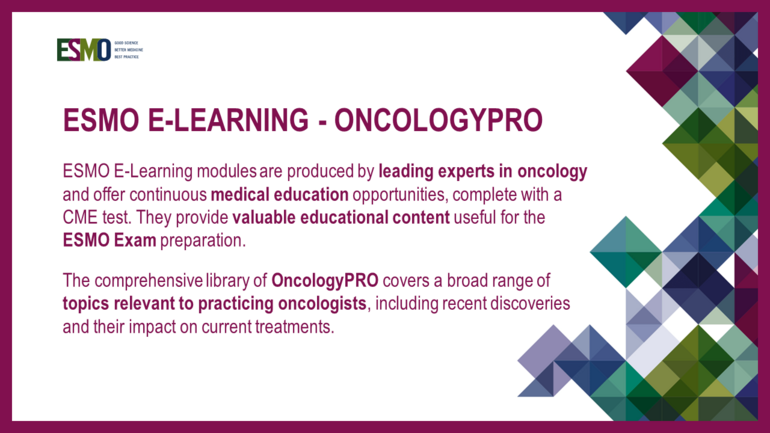This E-learning module has been developed with the intention to enhance the application of the latest recommendations from the Lugano classification for staging, response assessment and follow-up in lymphoma patients, specifically in the context of clinical practice and trials. The goals of the revised classification are to make the recommendations universally applicable, improve lymphoma patient evaluation, eliminate ambiguity, facilitate the comparison of patients and results among the studies and simplify the evaluation of new therapies by regulatory agencies.
Following extensive experience with different previous criteria in Hodgkin’s and non-Hodgkin’s lymphoma, and recognising the subsequent medical progress after their publication, particularly in imaging techniques, there was a need to develop improved staging and response criteria for lymphoma, which would be relevant for community physicians, investigator-led trials, cooperative groups and registration trials.
This E-Learning module presents in a didactic way the effort from leading haematologists, medical oncologists, radiation oncologists, pathologists, radiologists, and nuclear medicine physicians to modernize recommendations for initial work-up and staging, response assessment and follow-up of patients with Hodgkin’s and non-Hodgkin’s lymphoma.
The recommendations were made through a dedicated work and broad consultation of experts from different international cancer centres and lymphoma clinical trial groups; in particular Alliance, Australasian Leukaemia and Lymphoma Group, Eastern Cooperative Oncology Group, European Mantle Cell Lymphoma Consortium, Italian Lymphoma Foundation, European Organisation for Research and Treatment of Cancer/Dutch Hemato-Oncology Group, Grupo Español de Linfomas y Trasplantes de Médula Ósea, German High-Grade Lymphoma Study Group, German Hodgkin's Study Group, Japanese Lymphoma Study Group, Lymphoma Study Association, NCIC Clinical Trials Group, Nordic Lymphoma Study Group, Southwest Oncology Group, and UK National Cancer Research Institute.
Through a series of educational slides, the authors of this module present what is new in revised classification in terms of initial evaluation, staging criteria, prognostic groups, response assessment, follow-up and surveillance.
They focus on the role of FDG-PET-CT in terms of standard staging and response assessment, evaluation of progressive disease, spleen and liver evaluations, and changes in indications for bone marrow biopsy and routine surveillance scans.



